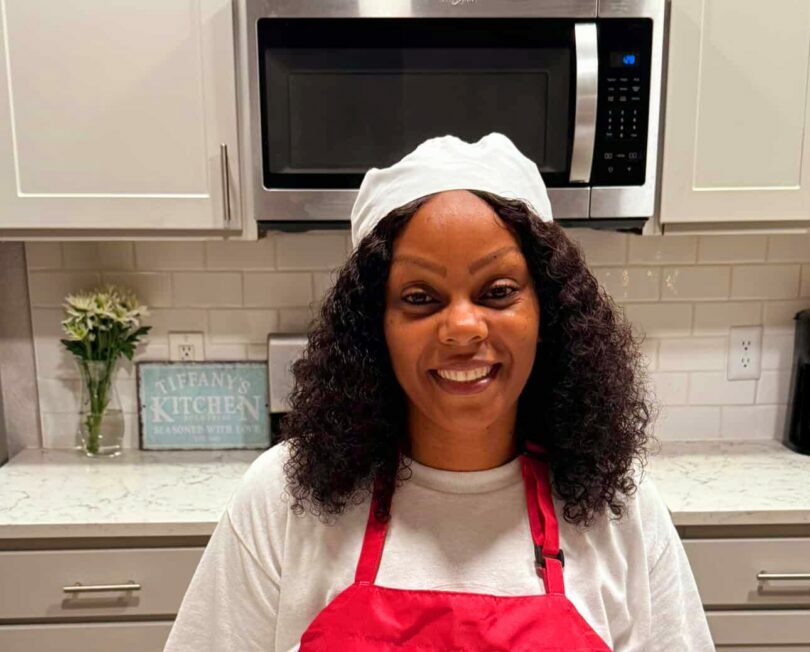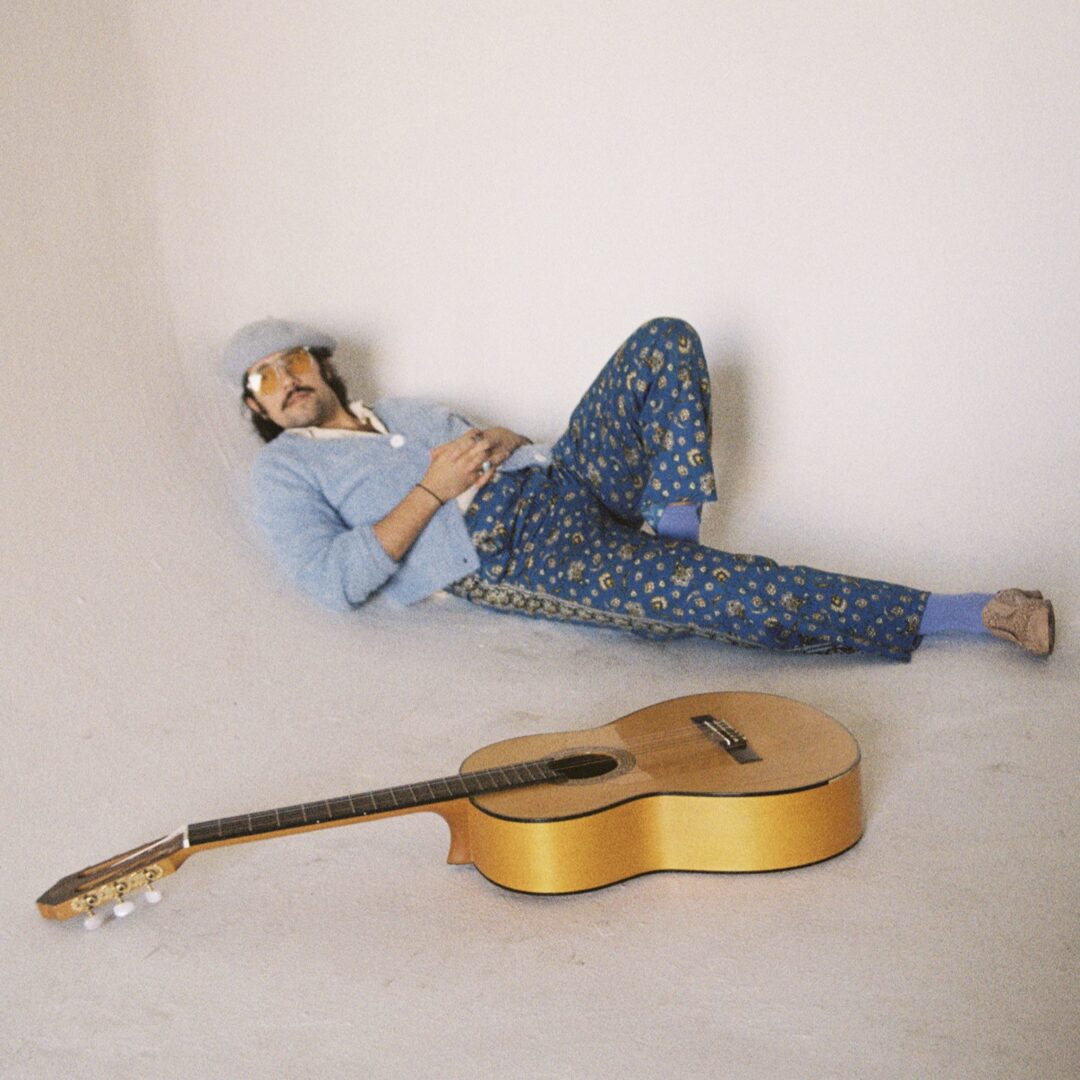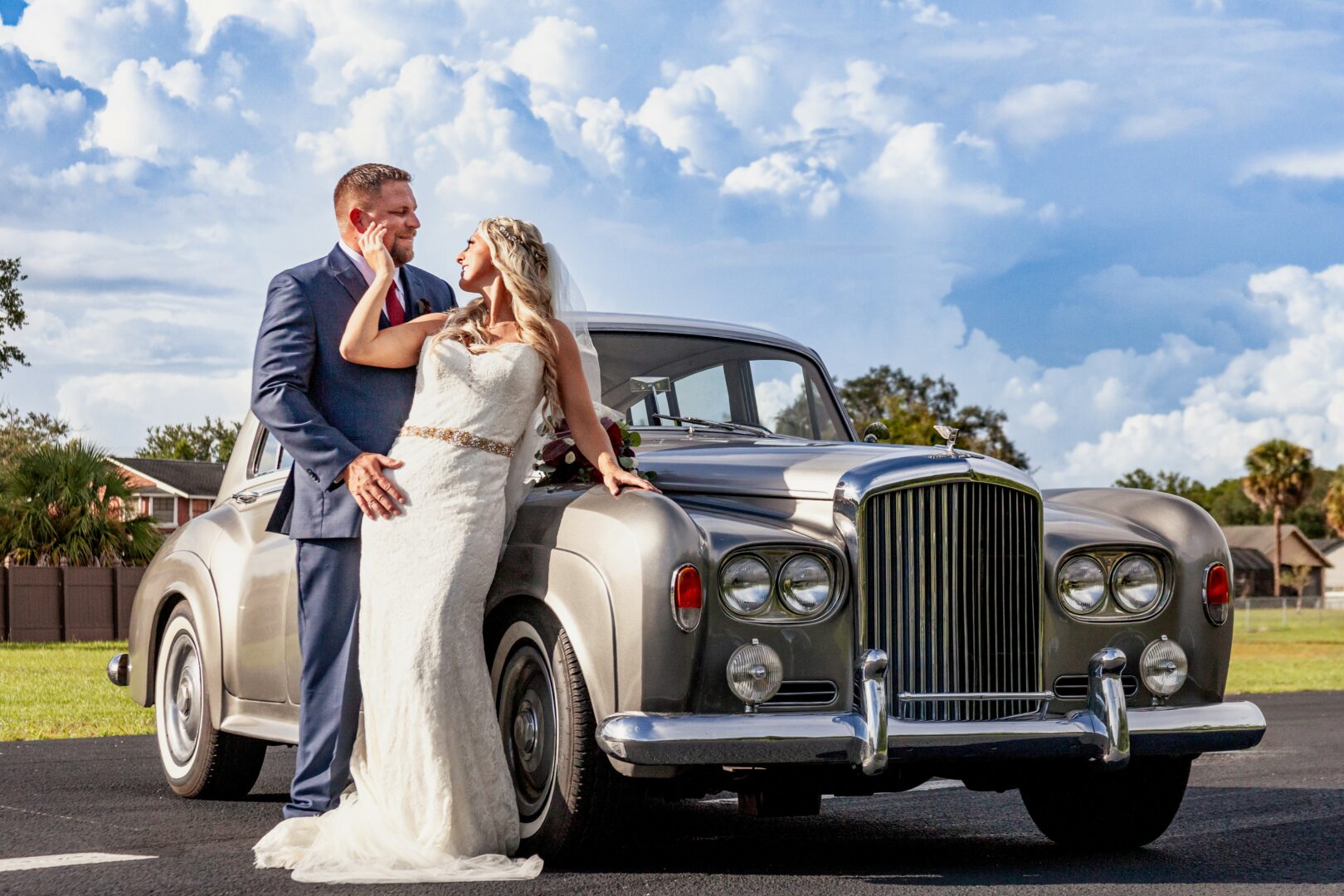We recently connected with Thaïs Castralli and have shared our conversation below.
Thaïs, so excited to have you with us today. So much we can chat about, but one of the questions we are most interested in is how you have managed to keep your creativity alive.
There is a quote by Picasso that says: “Inspiration exists, but it has to find you working”.
I believe that just like inspiration, creativity is an ability that can be learned and practiced. To become good at anything, we learn the activity, we do it and fail, and we do it again, and fail again. If we keep doing it, our brains recognize the task as relevant and it becomes familiar.
I think I have chosen to see creativity that way because it doesn’t limit it to the idea of an innate capacity or a gift. It is motivating that we can turn a learned skill into a natural ability; and creativity can be used in any area of life: from finding a solution to a project in stalemate, to writing a book, to developing a way to teach or entertain children.
Creativity has been on my mind. I spent the past six months in a hospital for medical treatment. I experienced a range of emotions. But soon fear, anger and guilt were substituted by apathy. I was numb for a long time. I couldn’t possibly imagine a reality beyond what I was living. And that is not because that reality couldn’t exist, but because I lacked the imagination to envision it. Today I see the development of that apathy as a shield for preservation. As time progressed, with the help of great professionals and great friends, an urge to fight back the apathy and return to life appeared and started to grow.
One of the hardest aspects of that period was being removed from film sets, from creating with others. Creativity makes it possible for aspects of reality to be reimagined, rebuilt; it is a tool that can help shape “a way out” for situations we see as dead ends. Creativity let me develop a new approach to life, different from the gloomy, resentful state of mind I was in. It transformed the way I interacted with others, my overall mood and my mind set.
I believe that there is a list of practices that can guarantee the preservation of a healthy and creative mind. The most important one to me is being open to new experiences, to meeting new people, and allowing ourselves to try new things; which, in a way, also means getting out of our comfort zone. We can stay creative by going after the things we are curious about and want to learn, and by keeping on doing the things we care for. Practices that feed our souls, that give meaning to many areas of life.
What has also played a big part in my recovery (and still does) is interacting with people. We are social creatures by design, so it is important to not isolate ourselves, and with that I mean not isolating our feelings either. Communication changes paths and minds sets. The exchange of different points of view allows for new ideas to be created. I find important to be around supportive people, who have our well-being in mind. These are the people who will offer fruitful ideas and advice, because they want us to succeed. The higher the creator’s motivation, the more creative they will be. Motivation drives human behavior. It drives creativity.
To conclude, I would say that finding sources of inspiration is key, so we can encourage ourselves to think new ideas. Sources of inspiration can be people, art forms, personal projects, etc. By personal projects I mean the activities we devote ourselves to, that we are passionate about. It can be a job, a project being developed, a hobby we are constantly practicing, a language we are learning, the time we spend with our families, etc. I decided to devote my time during treatment to a personal project, for which I had an idea for, but still needed to be developed. It was the first time I looked at a task as an opportunity to enjoy the process of making it. This was a departure from the way a usually operated – anxious to arrive at the final result. Working on a project I care for keeps me raising questions and looking for answers. It keeps me creative.
As I said, to me creativity comes with the exposure to new things and the contact with other people. So if you are reading this and have your own tips for keeping creativity alive in the I certainly welcome you sharing them.

Thanks, so before we move on maybe you can share a bit more about yourself?
I am a director of photography, completely passionate about what I do. I’m currently away from my favorite place in the world, being behind the camera, as I find myself in my home town São Paulo, Brazil, recovering from medical treatment. So talking about my story makes me look back with gratitude and appreciation for the people I met along the way. It also makes me miss my second favorite place in the world: Los Angeles.
I moved to LA ten years ago to work with film (I know, shockingly unexpected, right?).
I arrived in the city of angels in the summer of 2014. After departing from the gloomy, gray and rainy winter of São Paulo, the plane landed in a sunny and vibrant land. In two weeks I would be starting the cinematography program at the American Film Institute, and in two years I would be graduating from it. My fellow students became a new family and constant source of inspiration.
Before arriving in LA I had been working in film productions in Brazil. I started as a storyboard illustrator who found her way to the camera department the moment she was allowed on set. I worked as a loader, AC and camera operator, before heading to directing the photography of projects.
At that time Brazil had film schools but no educational programs to train filmmakers for specific departments on set. Information wasn’t easily available. The main publications were imported by few places, were not cheap, were never in Portuguese, and were certainly not found online.
I consider myself lucky, though, for I had the chance to work with the director of photography who created the first cinematography program in Brazil, Alziro Barbosa. Attending his course and being his assistant gave me a solid foundation.
I shot documentaries, TV shows and commercials, while working at the Leica HQ In Brazil. Director Luiz Marinho taught me from camera mechanics to the artistic side of photography. He introduced me to the work of photography masters, as well as to some masters themselves.
Already in LA I joined for other companies in the film industry, such as Zeiss Cinema Lenses and Schneider Optics. My work as a DP informed the work I developed for those companies, so I never really stopped shooting. Well I mean, I never stopped… until lockdown happened.
In 2020 I became a mentee at the ASC mentorship program and joined educational initiatives, teaching online workshops and developing technical material.
I didn’t know then, but educating and supporting filmmakers was about to become a great part of my days. In the beginning of 2021 I joined the Eastman Kodak Company, as it was inaugurating a new office for motion picture in LA. I feel fortunate to have seen the house on the corner of Sunset and Ogden open its doors and become a clubhouse for filmmakers. I was in a sales position, so addressing concerns with film, instructing filmmakers and presenting the medium to a new generation was an intrinsic part of my job. As part of Kodak I taught workshops on film, be in constant contact with fellow cinematographers, and to continue shooting (of course on film, more than ever).
Momentarily away from set, I’m working on a photography project with behind the scenes images from set. A collection of 35mm stills I shot when the 35mm motion picture camera I was operating wasn’t rolling. This set was one of my favorite experiences, which I wish to honor with the photos I took.

If you had to pick three qualities that are most important to develop, which three would you say matter most?
Courage, commitment and collaboration.
If we find or create within ourselves the courage to pursue dreams, to adapt and change, to learn what we don’t know, and to keep going even when others don’t believe or don’t support us, we can discover we are much stronger than we imagine. We can become unstoppable. Courage to stand up after life swings a knockout punch is, to me, the way to build self confidence.
Commitment is the proof that we deeply care about and dedicate ourselves to something, and at the same time, it is what guarantees we work hard for the things we want to achieve. A committed person will not stay down when they fall for the first time, or for the second time, or for the tenth time. Commitment moves us forward, makes us keep going towards our goals. The hard work we do to achieve something is, in my opinion, what sets us apart. Talent without hard work, without practice, without commitment, is meaningless.
Finally, I don’t believe we get far by ourselves. I know there are people who achieved much on their own with no assistance, but I wonder how much further could they have gone with the support of others, exchanging ideas, combining abilities and minds? I believe that through collaboration we can learn, create and achieve much more. The exchange of different points of view allows for new ideas to the brewed.

Okay, so before we go, is there anyone you’d like to shoutout for the role they’ve played in helping you develop the essential skills or overcome challenges along the way?
I cannot name one single person that has played an important role in my path so far, since I have been very lucky to call many people my mentors. I have had the opportunity of learning and working with talented artists and professionals who I deeply admire and who are my sources of inspiration.
I must begin by mentioning my grandmother, who brought me up introducing me to movies. An immigrant who left post-war Italy for Brazil, she taught me that cinema allowed people from different cultures, with different languages to communicate.
I am thankful to have learned from Max Fühlendorf, amazing Brazilian assistant camera and technician; director of photography Alziro Barbosa; Luiz Marinho, Leica brand director in Brazil, whose support prepared me to move to LA.
In LA I encountered professionals whose support is invaluable to me. They are Stephen Lighthill, head of the cinematography program at AFI, Sandra Valde-Hansen, talented cinematographer and AFI instructor; Ron Engvaldsen, director of optics for Birns & Sawyer, master of filters and dear friend; and fellow Brazilian-born cinematographer Bianca Halpern, founder of the first woman-owned rental house in LA.
I am grateful for learning from the wonderful team at Kodak around the world. Special thanks to the LA team that welcomed me and supported my career. I feel incredibly fortunate to have worked with Peter McEvoy, director of operations, and Vanessa Bendetti, global managing director for motion picture. I thank them for the knowledge they shared and for believing in me.
Last but not least I thank my husband Craig Boydston, who has been my partner in work and life since we met at AFI (yes, I married a cinematographer as well). Cinematography is part of our lives, part of our relationship and part of who we are.
All the people I met on this journey has made it an enriching, joyful and spectacular one.
Contact Info:
- Website: https://www.thaiscastralli.com
- Instagram: @thaiscastralli
- Youtube: https://www.youtube.com/@thaiscastralli250


Image Credits
Craig Boydston
so if you or someone you know deserves recognition please let us know here.




